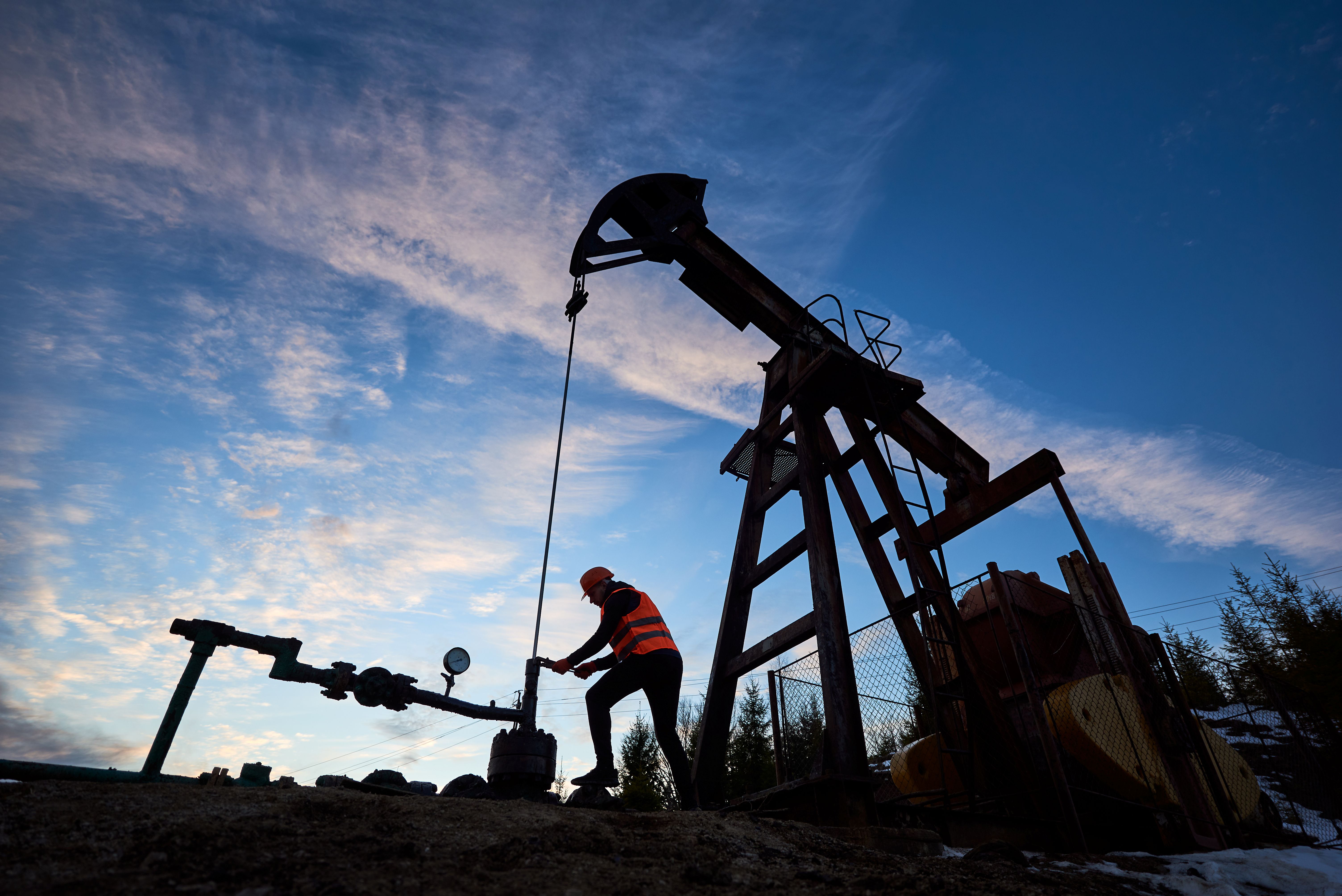Every day, oil and gas workers step onto job sites where physical risks are part of the daily routine. While automation and new safety protocols have reduced many hazards, serious injuries still occur. The oil and gas industry remains one of the most dangerous sectors, with unique challenges ranging from vehicle collisions to heavy manual labor.
While regulations and compliance are essential, lasting safety comes from creating a culture where every worker is empowered to protect their health and well-being.
Hazards of oil and gas worksites
Oil and gas safety isn’t a one-size-fits-all standard. Each site, job, and worker face unique risks. However, several hazards consistently appear across the industry. Recognizing and mitigating these risks helps workers stay safe, productive, and injury-free.
Vehicle collisions
Did you know that 4 in 10 fatal injuries in the oil and gas sector result from vehicle incidents? Whether driving between drilling locations, transporting equipment, or commuting, vehicle safety is mission-critical. Oil and gas operations often occur in remote or undeveloped regions, increasing risks associated with rough terrain, long distances, and driver fatigue.
Preventing injury while on the road or operating heavy machinery includes:
• Providing comprehensive driver safety training and refreshers.
• Strictly enforcing rest breaks and monitoring for signs of fatigue.
• Equipping vehicles with safety tech like backup cameras and collision alarms.
• Maintaining vehicles regularly.
Falls
Falls consistently rank near the top for workplace injuries across oil, gas, and construction sites. Workers often operate at height on drilling platforms, scaffolding, or rigging. Even a brief lapse in attention or a slippery surface can have severe consequences.
To reduce slips, falls, and other working hazards:
• Require and regularly inspect personal fall arrest harnesses.
• Install guardrails and anti-slip tread on all high-traffic elevated surfaces.
• Provide easy-to-understand training on working safely at height.
• Mark fall hazard areas with clear signage.
Confined spaces
Many oil and gas tasks require entering tanks, pits, or excavations. Confined spaces can quickly become hazardous due to low oxygen, fumes, or limited egress routes. Even musculoskeletal injuries can result from holding awkward postures for extended periods.
In addition to proper strength training, reduce confined space hazards by:
• Monitoring atmospheric conditions in all confined spaces before and during entry.
• Using only skilled and trained workers for confined space work.
• Rotating tasks to limit time spent in tight, physically stressful conditions.
• Always having a trained attendant and rescue system in place.
Ergonomics
Manual labor remains central to many oil and gas jobs. Workers frequently lift heavy equipment, carry loads, and repeat motions for hours. Without a focus on ergonomics, these demands can lead to strains, sprains, and chronic pain.
Musculoskeletal injuries can be prevented with the right training and simple ergonomic adjustments:
• Engage workers in a dynamic pre-work warm-up.
• Train workers in correct lifting techniques and body mechanics.
• Use mechanical aids like dollies and hoists whenever possible.
• Schedule regular breaks and encourage stretching during shifts.
• Invest in industrial athletic training and wellness programs.
Machine and equipment hazards
From high-pressure lines to electric generators, much of the equipment on oil and gas sites presents risks. Improper use, wear and tear, or unclear labeling can result in burns, shocks, or even fatalities.
• Label all hazardous zones and materials with clear, visible signage.
• Require appropriate personal protective equipment (PPE) in designated areas.
• Use lockout/tagout procedures to ensure machinery is de-energized during maintenance.
• Conduct regular inspections and safety audits.
How to prevent worker injury in oil and gas industry
Most regulations and company safety policies can help reduce the most predictable causes of injuries and lower the likelihood of catastrophic accidents. However, if your safety culture relies solely on these standards, you may be missing opportunities to enhance the wellbeing and efficiency of your team, whatever the job site or responsibility.
Awareness and emergency response training
Emergencies are understandably difficult to predict and impossible to avoid. By taking a culture of safety seriously, your teams can be best prepared to handle emergency situations when they occur.
The hazards of oil and gas work—such as fires, spills, and sudden depressurization—require split-second decisions to protect workers and minimize damage. The best way to ensure your team members are equipped to respond appropriately is to make the right decisions second-nature through frequent training and practice.
Two things to keep in mind to solidify your training standards include:
• Using hands-on training whenever possible to give real-world experience of protocols.
• Providing translations and interpreters for emergency response training for multilingual teams.
Musculoskeletal training
Ensuring workers use proper body mechanics when lifting, climbing, and performing repetitive tasks can reduce strains and sprains that reduce efficiency, contribute to further injury, and result in lost hours of labor.
General best practices for reducing strain for manual labor include:
• Integrating injury prevention training into onboarding and ongoing education plans.
• Teaching workers to recognize early warning signs of overuse or strain.
• Rotating tasks to distribute physical load.
• Encouraging workers to speak up about discomfort or pain.
• Employing an early intervention program for those workers who do experience pain and signs of injury.
Injury prevention services customized for oil and gas workers
When it comes to oil and gas injury prevention, today’s best practices blend training, ergonomic awareness, proactive planning, and a culture of care. Building a work environment where safety is a shared value not only reduces injuries, but also attracts top talent and builds a reputation as an employer of choice.
And you don’t have to figure out injury prevention on your own. Whether you’re looking to turn around an inefficient team or scale operations with proactive safety measures, Work-Fit’s teams of experts in ergonomics and industrial worker training can help. To learn more about how we may be able to help your team, start a conversation with our team today.







